Plants and pets aren't always a perfect combination. A surprising number of plants, including landscape and houseplant favorites, are toxic and even lethal if Rover or Fluffy decides they're edible. Below are just a few of the more than 300 plants that can cause problems. Talk to your vet or see the ASPCA's website for a complete list.
This isn't to say that these plants and your pets can't coexist. Many dogs and cats won't give these plants a second look. And even if they do get into them, the toxins may not bother them. I'm personally acquainted with a dog who dug up and ate daffodil bulbs, the most poisonous part of the plant, and didn't even suffer a stomachache.
Still, it's better to be safe than sorry. Keep an eye on your pets and their chewing preferences, especially puppies and kittens who can, and will, chew on everything. Try using bitter apple or bitter orange spray to discourage leaf chomping, installing decorative fencing or wrapping netting around larger specimens, and placing houseplants out of reach. And if you suspect you pet has gotten into something it shouldn't have, contact your vet or an emergency clinic right away.
Keep in mind that some of these same plants are also toxic to humans. While adults generally don't chomp their way through a nonedible garden, it's wise to keep an eye on small children, especially if they explore the world by putting everything in their mouths.
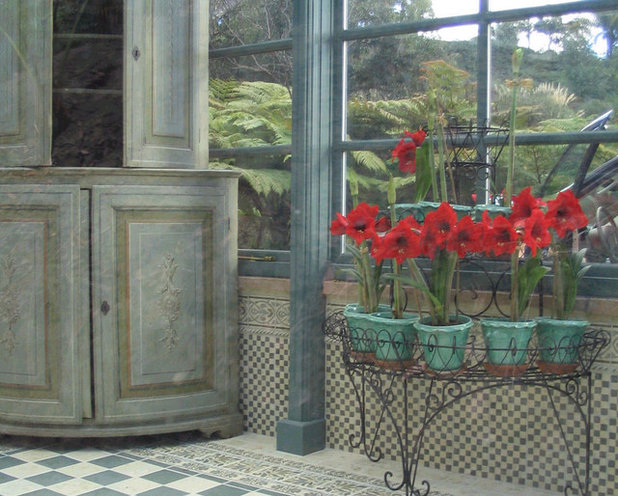
Filmore Clark
The
amaryllis (
Hippeastrum) is a popular holiday bloomer, but for cats and dogs it can cause a range of problems, from gastrointestinal issues to tremors and even anorexia. The botanical
Amaryllis, more commonly known as
Naked Lady, is equally toxic.
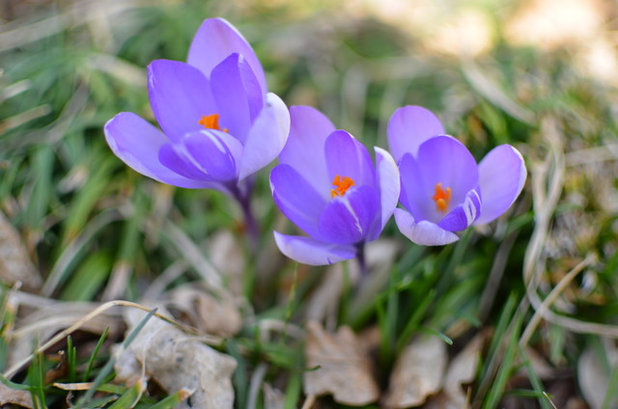
Amy Renea
Autumn crocus looks benign, but vomiting, diarrhea and even organ damage can be the result of eating this innocuous-looking plant. Interestingly, creative mystery writers have used this as a poison of choice for humans (see also foxglove below).
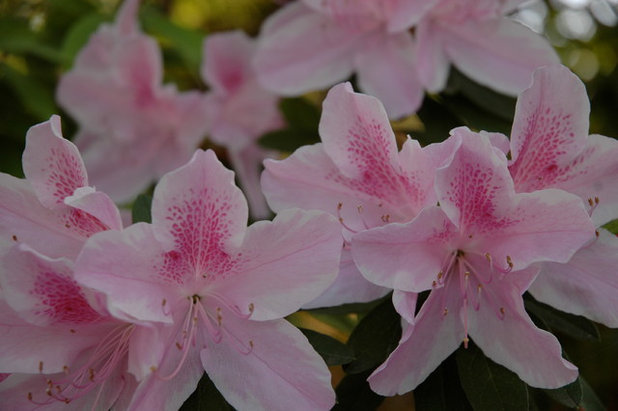
J. Peterson Garden Design
Azaleas as well as other rhododendron species can lead to vomiting, diarrhea, general weakness and, if the dose is strong enough, even death.
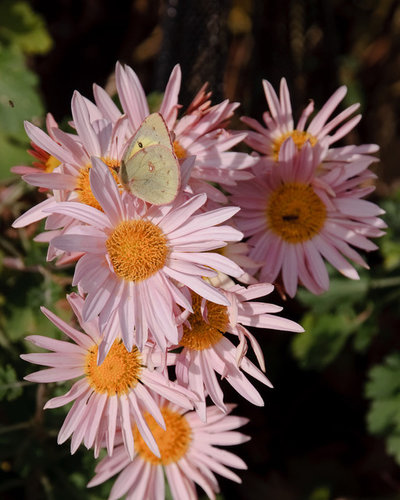
Barbara Pintozzi
The pyrethrins in
chrysanthemums may help ward off pests, but they can also cause problems in the gastrointenstinal system.
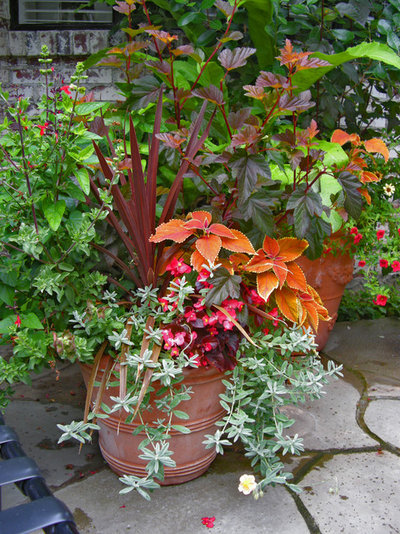
Exteriorscapes llc
The most likely effects from nibbling on
coleus are vomiting and diarrhea, but anorexia and depression can also result.
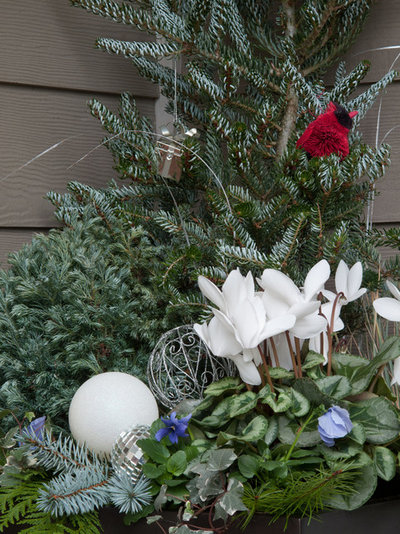
Le jardinet
Consuming
cyclamens can result in vomiting. The most toxic parts of the plant are the roots, but it's best to keep all parts out of the mouths of dogs and cats.
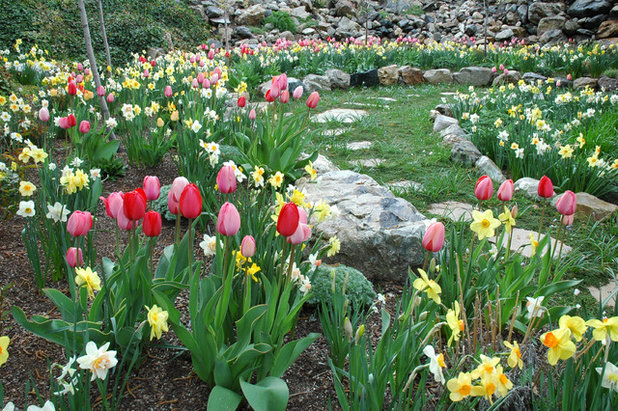
Laughlin Design Associates, Inc.
A springtime display of
daffodils and
tulips is always welcome. But the bulbs are a source of toxins that can cause everything from drooling to convulsions and cardiac problems.
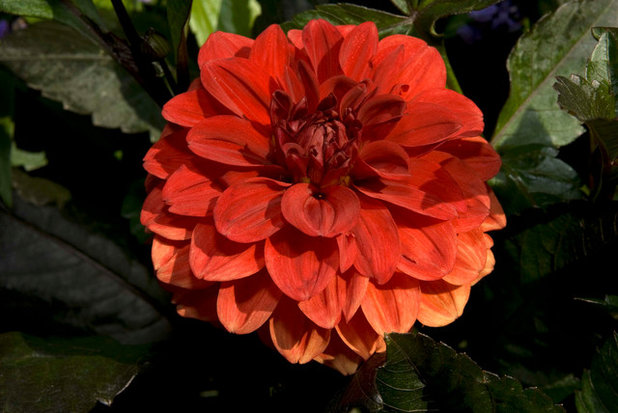
The New York Botanical Garden
Dahlias can cause both skin and gastrointestinal problems, so they should be out of the reach of sensitive pets.
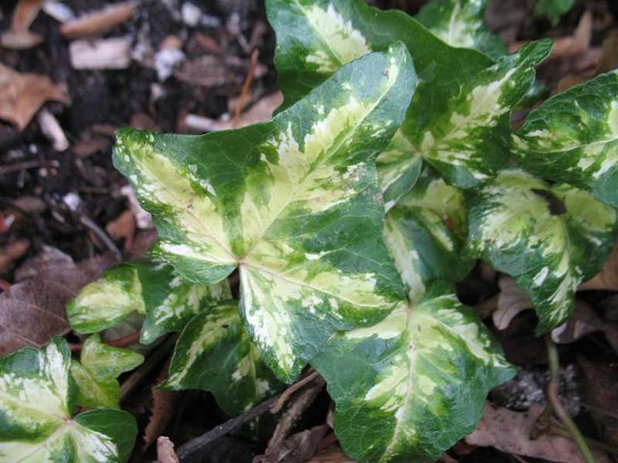
Kim Gamel
English ivy is popular both for landscaping and as a houseplant, but if digested it can cause vomiting, diarrhea, pain and excess salivation.
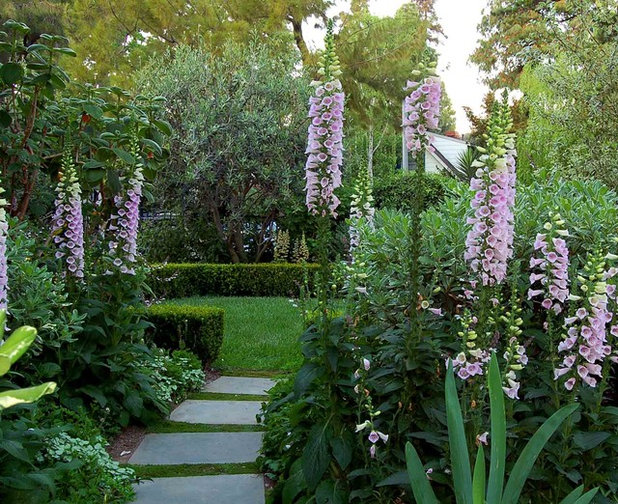
{environmental concept}
Considering that
foxglove goes by the botanical name of
Digitalis, also the name of a commonly used heart medication, it's not surprising that it can result in cardiac problems in pets and people. Other symptoms include gastrointestinal problems.
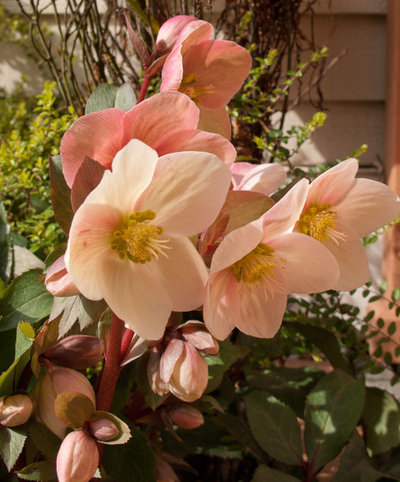
Le jardinet
Hellebores, a winter-garden favorite, can cause abdominal pain, colic and depression in both dogs and cats if ingested.
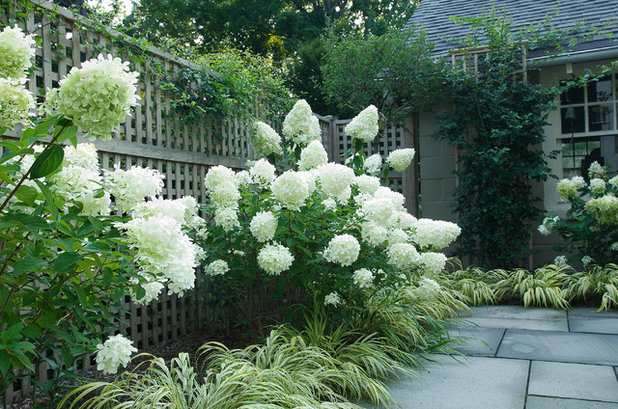
Westover Landscape Design, Inc.
Though
hydrangeas are garden showstoppers, symptoms range from oral irritation to gastrointestinal distress to depression for pets who eat them.
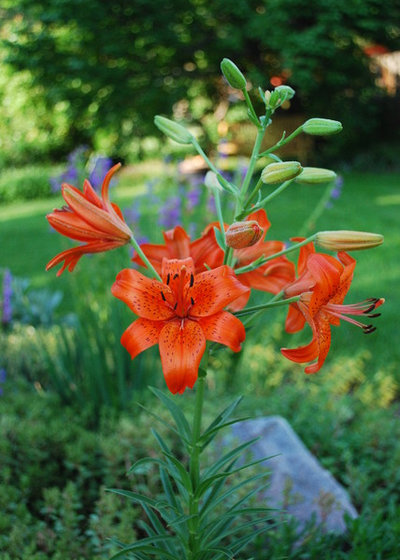
Jocelyn H. Chilvers
Numerous members of the lily family, including
Asiatic hybrids like those shown here, are highly toxic to cats, resulting in severe kidney damage even if only a small amount is eaten.
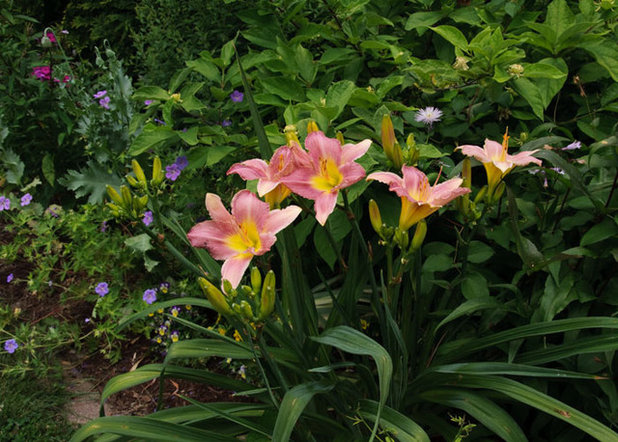
Barbara Pintozzi
Daylilies, though a member of a different botanical family, are also toxic.

MTH Design Group
Oleanders are highly toxic to both humans in pets. Problems range from gastrointestinal problems to compromised cardiac problems and death.

D for Design
The
peace lily is an ideal houseplant. It is happy in low light and is hard to kill. Unfortunately, it can cause significant oral problems along with vomiting if consumed by a dog or cat.
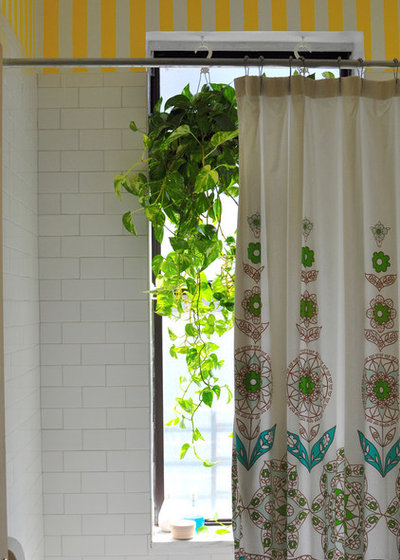
Scheer & Co.
While chewing on and swallowing the leaves can cause irritation and swelling, the good news is that most
pothos look best when grown as hanging plants, out of the reach of pets.

Constantine D. Vasilios & Associates Ltd
The
sago palm is a dramatic houseplant and a popular outdoor choice for temperate landscapes. The downside is that it is toxic to pets. While the foliage can cause problems, the seeds, also known as the nuts, are the most problematic and can result in seizures and liver failure.

RLH Studio
The popular
umbrella tree, of the
Schefllera genus, can cause intense oral irritation and vomiting if ingested.
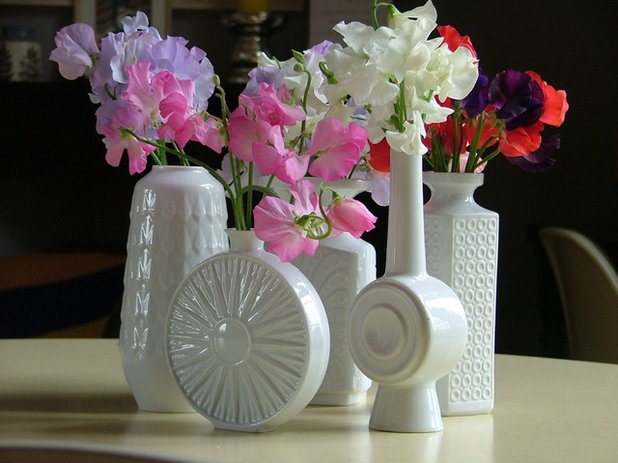
Kaylovesvintage
Keep delicate
sweet peas away from experimenting pets, as they can cause tremors, seizures and, in severe cases, death.

Heffernan Landscape Design
The taxine in
yew affects the central nervous system. It also can result in cardiac failure.





